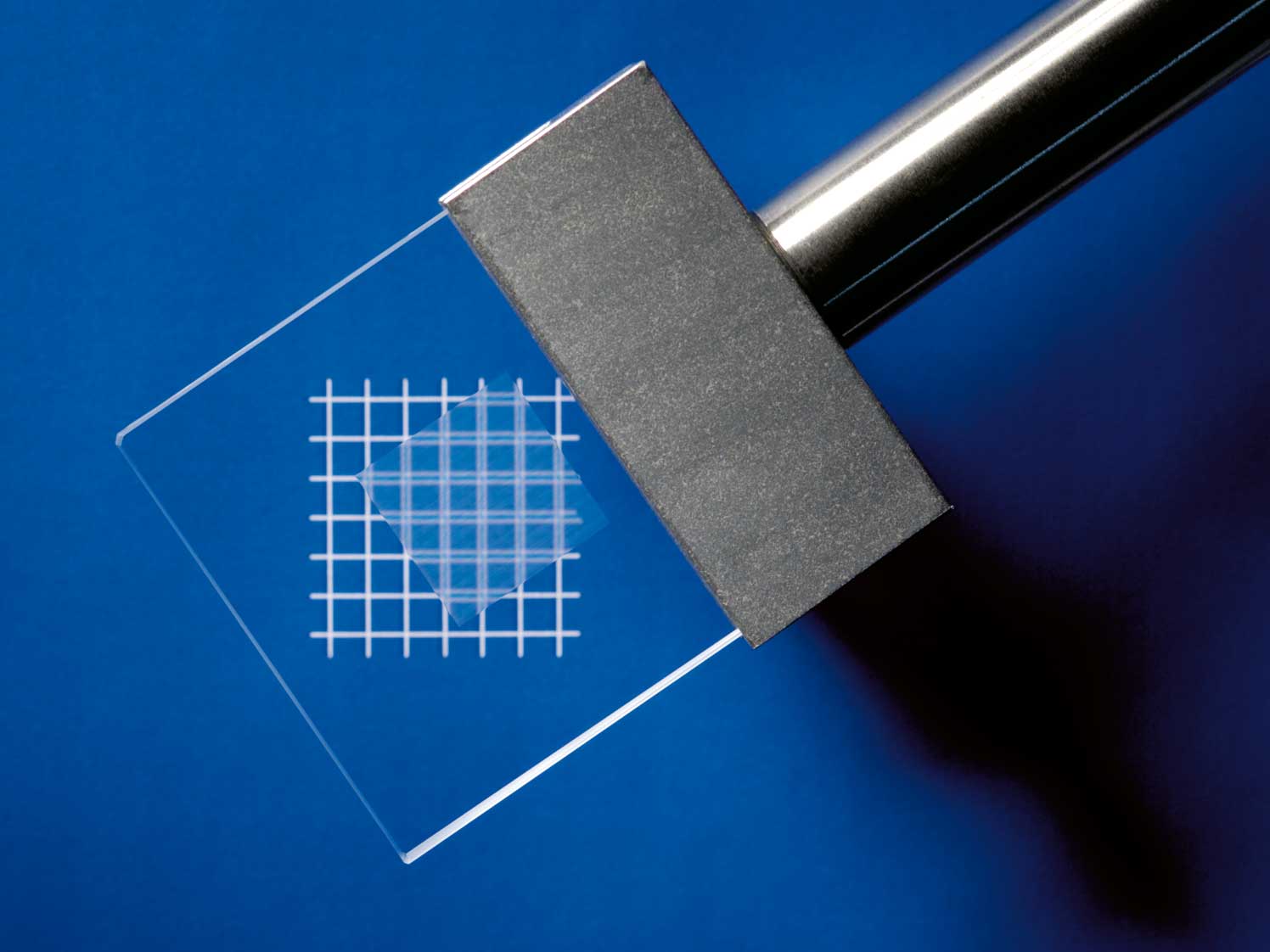
Diffractive optics have made it possible to effectively shape and split beams. They are lightweight and compact and can be easily integrated into optical systems. Also, they can perform many optical functions in one element.
Diffractive optical elements (DOEs) have gone through advances that made them a standard component in laser material processing, structured light projection systems, as well as medical and aesthetic lasers. Improvements in DOE design and manufacturing processes have minimized undesired orders and zero order while enhancing uniformity and achieving higher diffractive efficiencies.
How Do DOEs Work?
These diffractive microrelief patterns manipulate the phase of an incoming laser beam to create a desired intensity profile in the far-field. Thus, they are characterized by diffraction efficiency, which refers to the fraction of power directed into the desired direction versus the total input power.
DOEs can be either a binary element or a multilevel element. Generally, the more levels used the higher the efficiency and the lower the zero order. But constraints can arise out of the manufacturing process.
To manufacture a high-laser-damage-threshold DOE, photolithography and dry plasma etching steps are involved. Processed substrates include zinc selenide and sapphire, and fused silica, which are all ideal for high-power laser systems.

Furthermore, manufacturing tolerances like etching depth and feature size may induce high zero order and lower uniformity as well as degrade the DOE’s overall performance. These errors can accumulate for DOES with multilevel elements, leading to tighter manufacturing tolerances. To minimize the unintentional lithography and etching errors and offer high-quality elements, strict manufacturing tolerances must be defined per design. Considering the number of design levels and design specifications.
Categories of DOEs
DOEs can be categorized into beam-shaping and beam-splitting elements. Beamsplitter DOEs are used for splitting a laser beam into a predefined number of beams. Each beam has the characteristic of the original beam and a desired angle of separation. These DOEs can generate a one-dimensional beam array or a two-dimensional beam matrix, depending on the element’s diffractive pattern.
Meanwhile, beam-shaper DOEs are used for transforming a Gaussian incident laser beam into a uniform-intensity spot of a rectangular, round, line, or other shapes that have sharp edges in a certain work plane. This category includes products such as diffusers, top hats, vortex lenses, diffractive axicons, and more.
Despite the presence of undesired orders and high zero order in different industrial laser applications using DOEs, advancements in DOE design and manufacturing have made it possible to overcome the challenges. Also, these advancements have introduced improved designs with lower undesired orders, high efficiency, lower zero order, lower sensitivity to misalignment, and higher uniformity.
